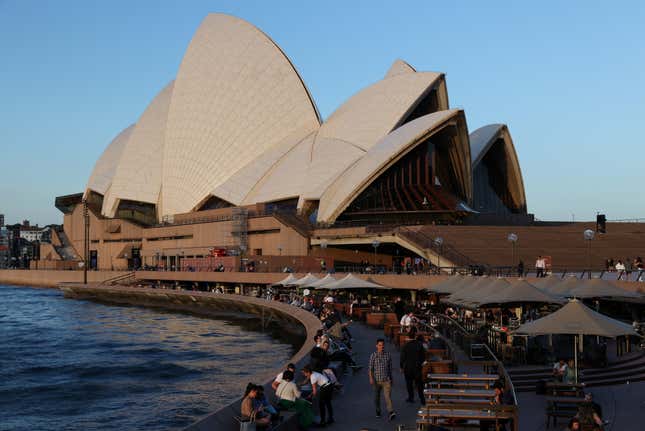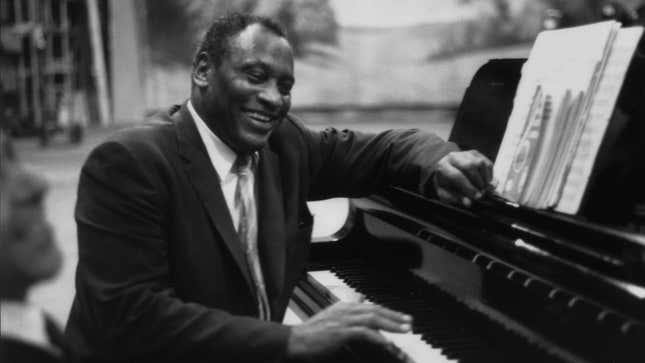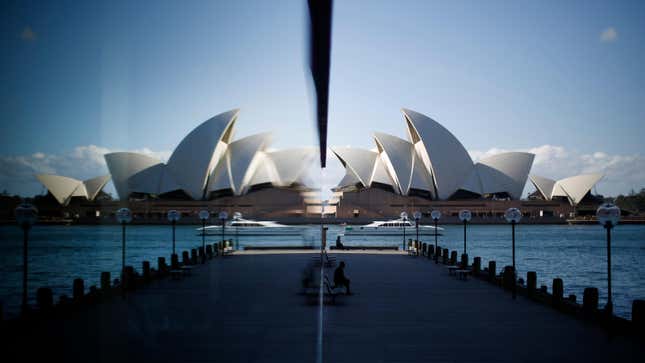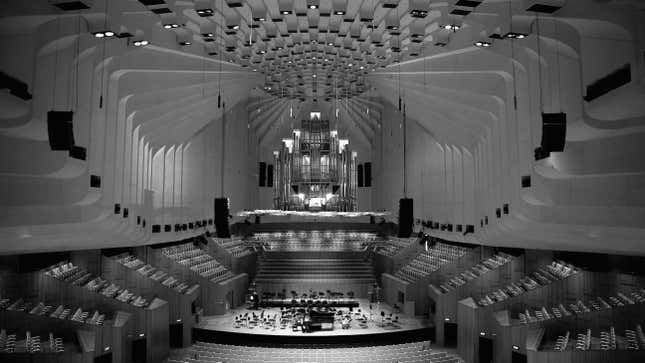
Australia’s most famous attraction, the Sydney Opera House, opened its doors 50 years ago today, on Oct. 20, 1973.
The petal-shaped venue located at Bennelong Point was designed by a lesser-known architect Jørn Utzon from Denmark after the country hosted a competition in 1956 to create a national performance center. Utzon’s design, one of 233 submissions, bagged him 5000 Australian pounds as a prize. (The Australian dollar was introduced a decade later).
When work commenced on the Sydney Opera House in 1959, the cost estimate was $7 million, and it was supposed to take four years. However, the construction eventually ended up costing $102 million—13 times the original estimate—and it took 10,000 workers and 14 years to complete. It was largely paid for by a State Lottery.
Today, the number of annual visitors at the Opera House tops 10.9 million, official data show. It is the busiest performance center in the world with over 1,500 performances per year and serves as home to Opera Australia, the Australian Ballet, the Sydney Theatre Company, and the Sydney Symphony Orchestra.



